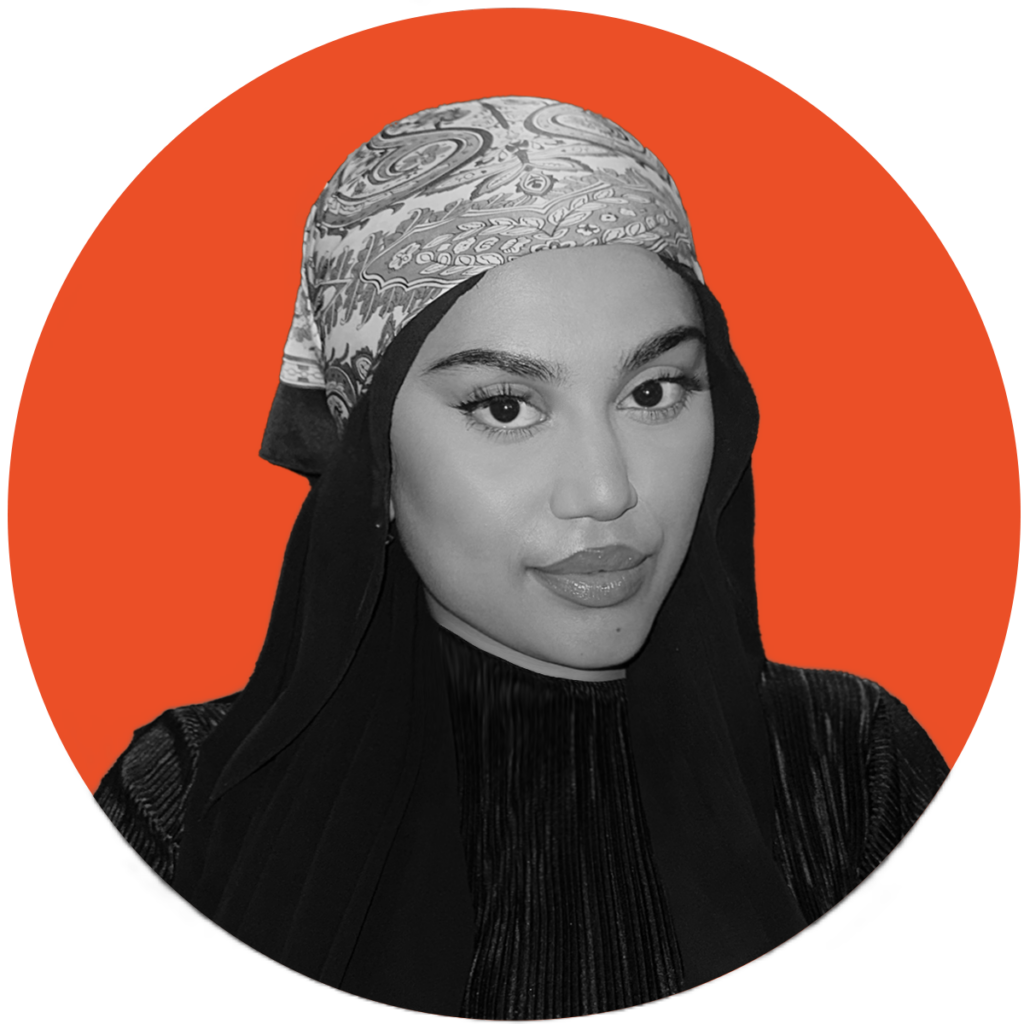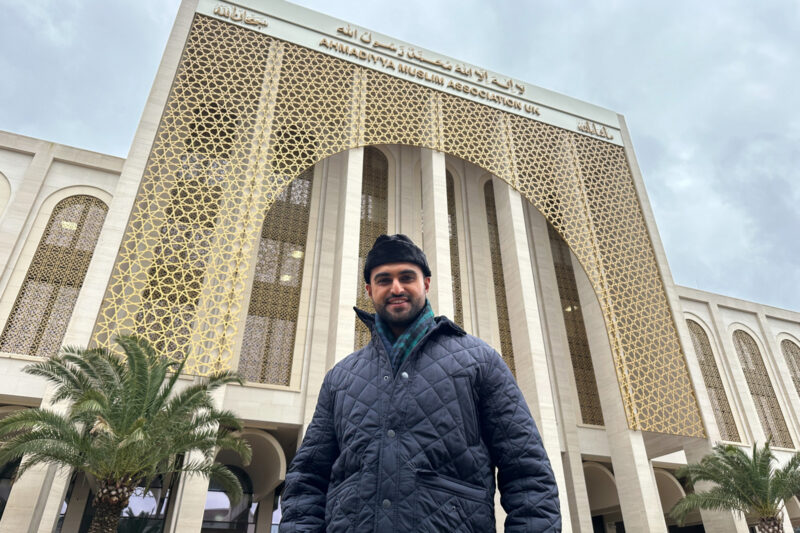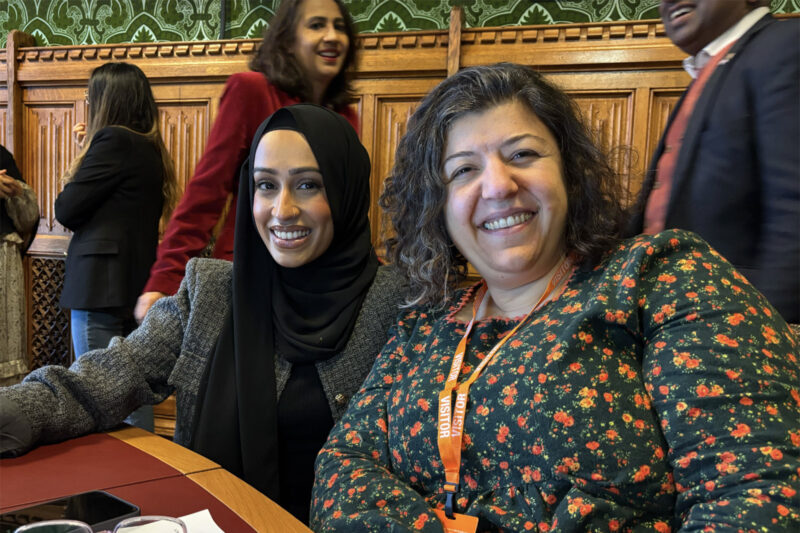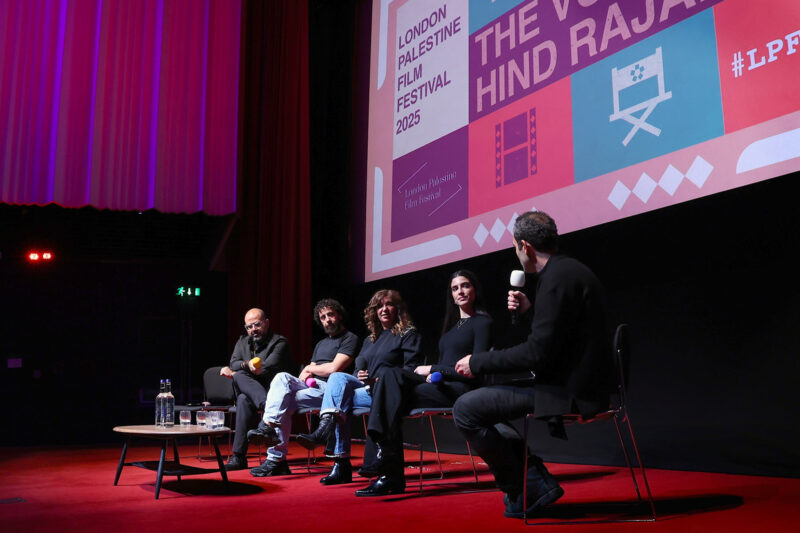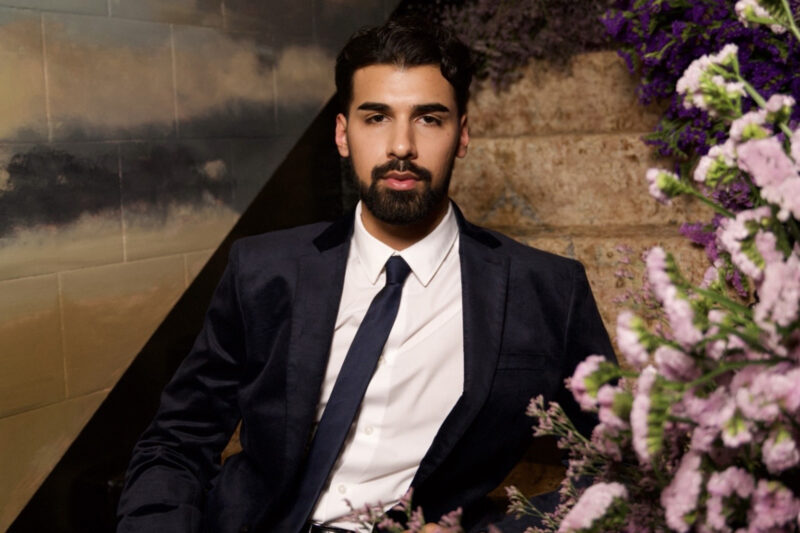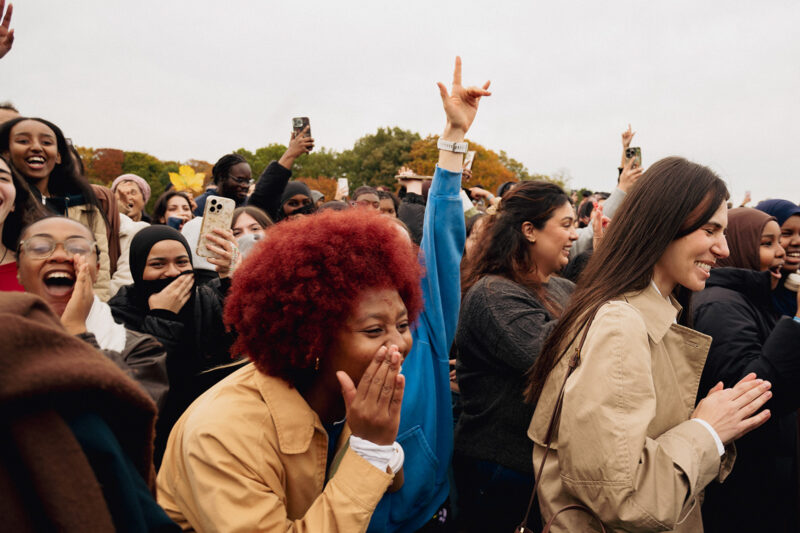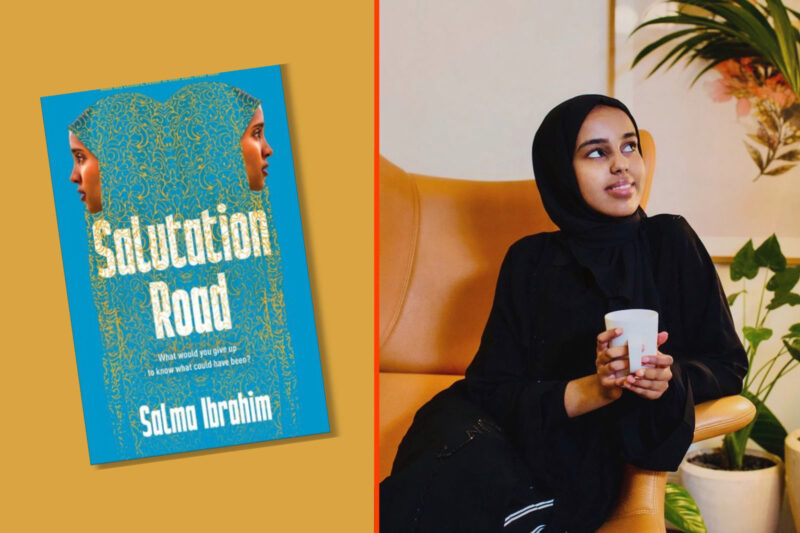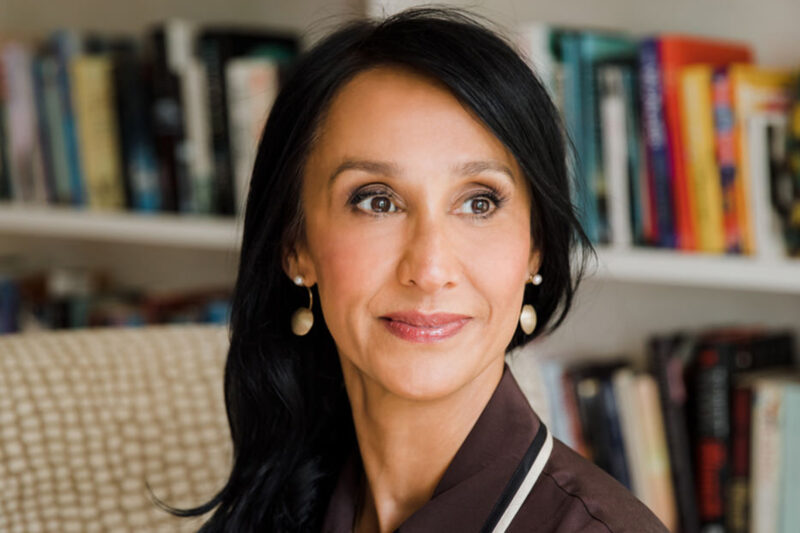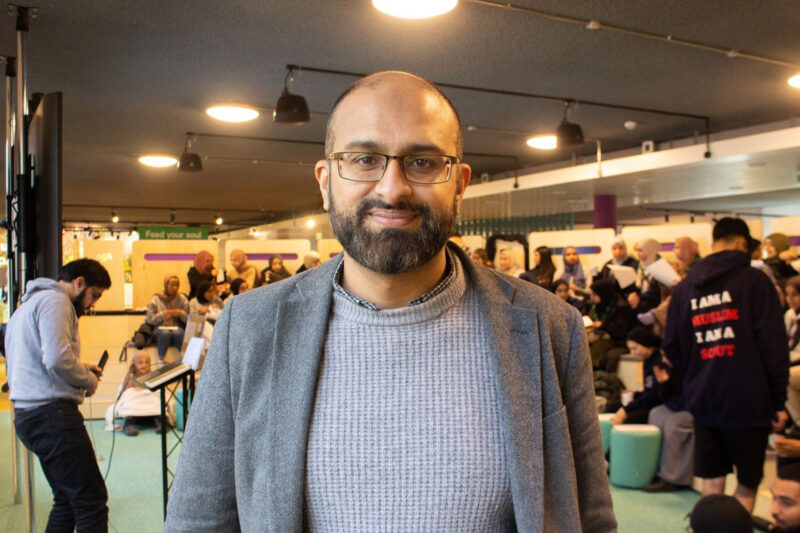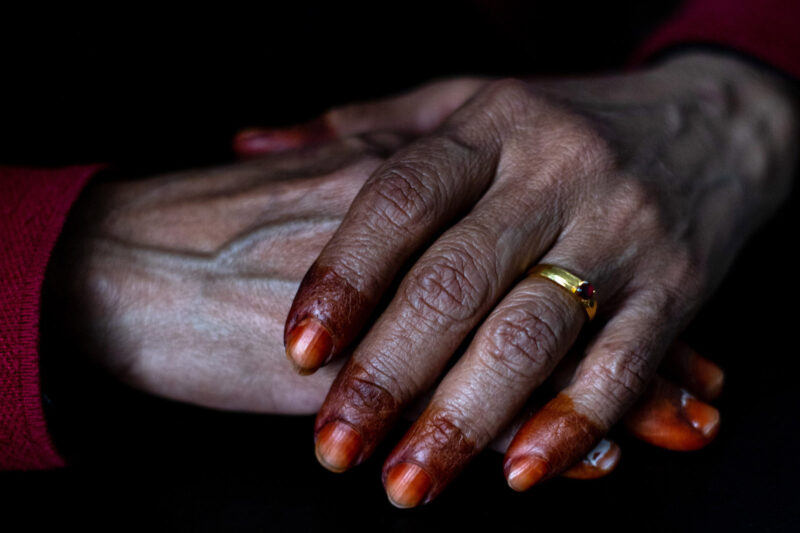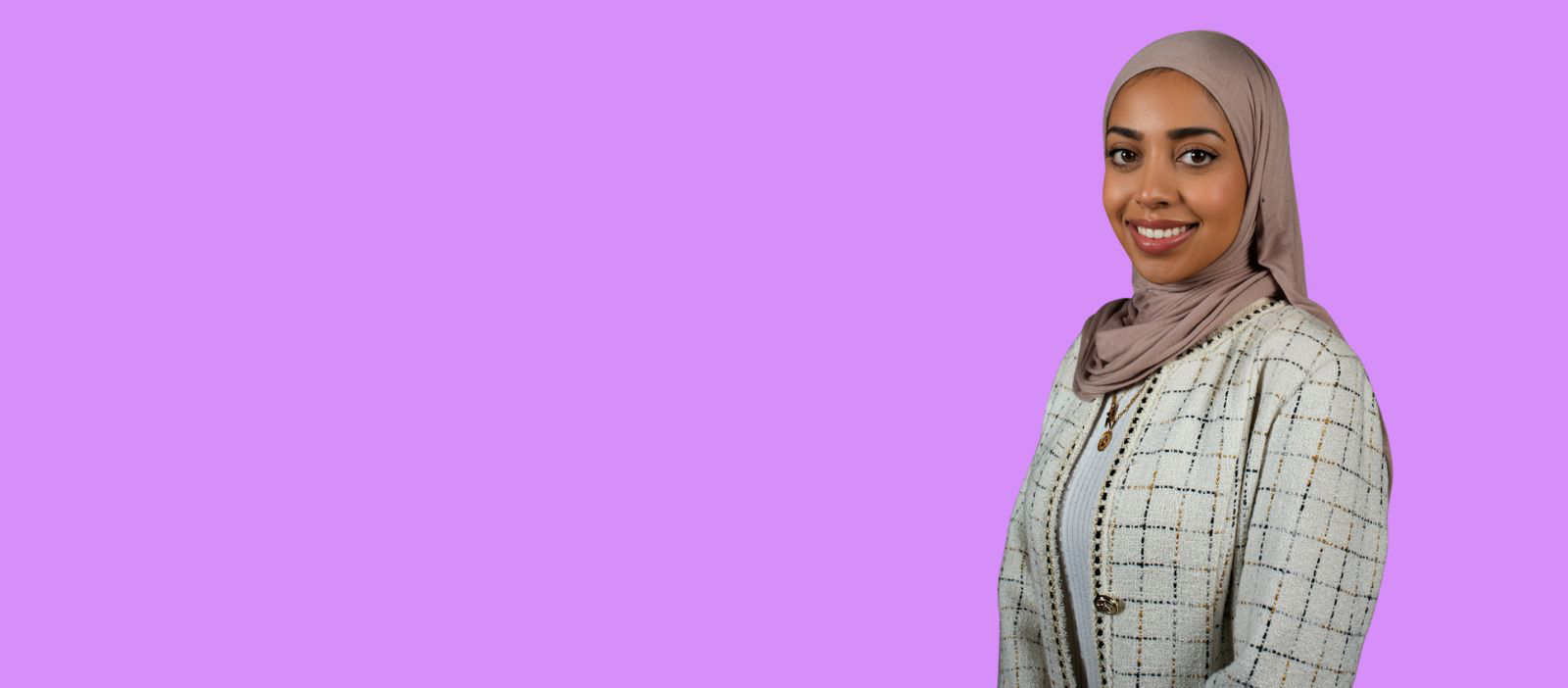
Dina Aziz Q&A: ‘The aim of this planner is to help Muslims in their journey with Islam’
Witnessing a friend who’d recently converted to Islam struggle to get to grips with Ramadan provided the motivation for Dina Aziz’s guide. Photo courtesy of Dina Aziz
The social media influencer on her forthcoming book, which helps Muslims plan and reflect on their fasts during Ramadan
When 25-year-old British-Bangladeshi influencer Dina Aziz first posted a guide to Ramadan, she had no idea how successful it would be. But within 24 hours of tweeting about her planner, her PDF was downloaded more than one million times.
Aziz, a modest fashion and lifestyle influencer from London with more than 67,000 followers, first began sharing her thoughts about Ramadan in 2020. Her Ramadan planner, which is filled with checklists, mindful prompts, fasting reflections and a guide of daily Qur’an prayers, is now more than 200 pages long and is a forthcoming book, subtitled “A guide to reflection and growth during the holy month”.
This conversation has been edited for length and clarity.
What inspired you to create a Ramadan planner?
In my second year of university, in 2019, a close friend of mine had just converted to Islam, and I noticed her struggle a lot during Ramadan. We would help each other by exchanging gifts. She would send me paintings of Arabic writing and I would send her books with hadiths. I realised that growing up in a Muslim household is very different for someone who is completely new to Islam.
She’s half-Spanish and half-German and came from Switzerland, so practising a new religion in a new country was difficult for her. She was living alone at the time, so waking up for suhoor, praying on time and even explaining fasting to her colleagues was really tough for her. Witnessing her frustration was the fuel for creating a planner.
Talk me through how you created the planner?
I went at full throttle in creating this guide for my friend. I included pages about mental health, and prompt pages where she could circle what she ate, a fidyah tracker for when she couldn’t fast due to her monthly cycle and breaking up the month to set personal goals.
After I sent it to her, it started circulating on WhatsApp. I was very nervous about posting it, but my friends kept pushing me. So I decided to make a second edition in which I made sure the information and sources were 100% correct. Within 24 hours of posting it on Twitter [now X] and Instagram, the link broke because there were more than 200 downloads per minute. I realised that this was way bigger than I anticipated.
What feedback and responses have you had so far?
A week after uploading the free downloadable version in 2020, I received positive DMs from people all over the world. It was so rewarding to see others happy that they understood Islam better through my planner.
What impact do you think the planner had had on converts looking for support and community?
Since 2020, a lot of people have messaged me saying they were thinking about converting. Every year since then I have released an updated version on my Instagram with tweaks and accurate information. For example, I’ve included a page on salah and how to do wudhu, particularly for people new to praying, and anecdotal reflection pages with stories and hadiths from the Prophet Muhammad. This planner serves as an easy checkpoint for the basics.
What obstacles did you face in producing this book?
I had to make sure it was reader-friendly and inclusive. A lot of the information I put in there was quite repetitive, so I had to take loads of things out. Everything you see in the book I drew myself. The main worry was if I was putting the right things in. I don’t have a degree in Islam, nor am I a scholar, so I’d go back and forth with my friends who were in Islamic school and get advice.
What do you want users to gain from this planner?
The main aim of this planner is to help Muslims at any stage in their journey with Islam, from those who don’t know much about it to those already practising. My younger siblings and my friends were using it, as well as their kids, so I realised that it appeals to anyone of any age group. But what I’d say is most important is covering mental health. There are multiple checkpoints in the planner where users can register their headspace and their feelings so they can reflect on them.
Is there anything you would change in the book or do differently?
I would have liked to add splashes of colour in there – especially for people with ADHD as this helps with jotting down notes in a more engaging way. However, the planner would have been way more expensive, and I wanted to keep this affordable for everyone. I also would have tried to add more information about Umrah and Hajj in there.
What’s next for you?
I plan on making more planners, including for Hajj and Umrah. I also want to make more general planners for university students, teachers, or for people to use generally at work.
 Newsletter
Newsletter

